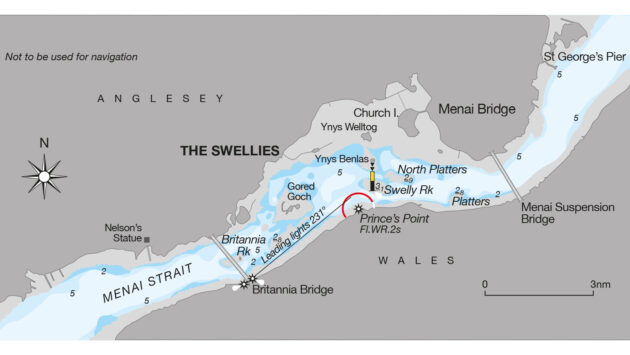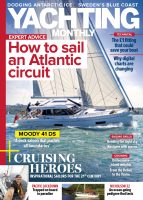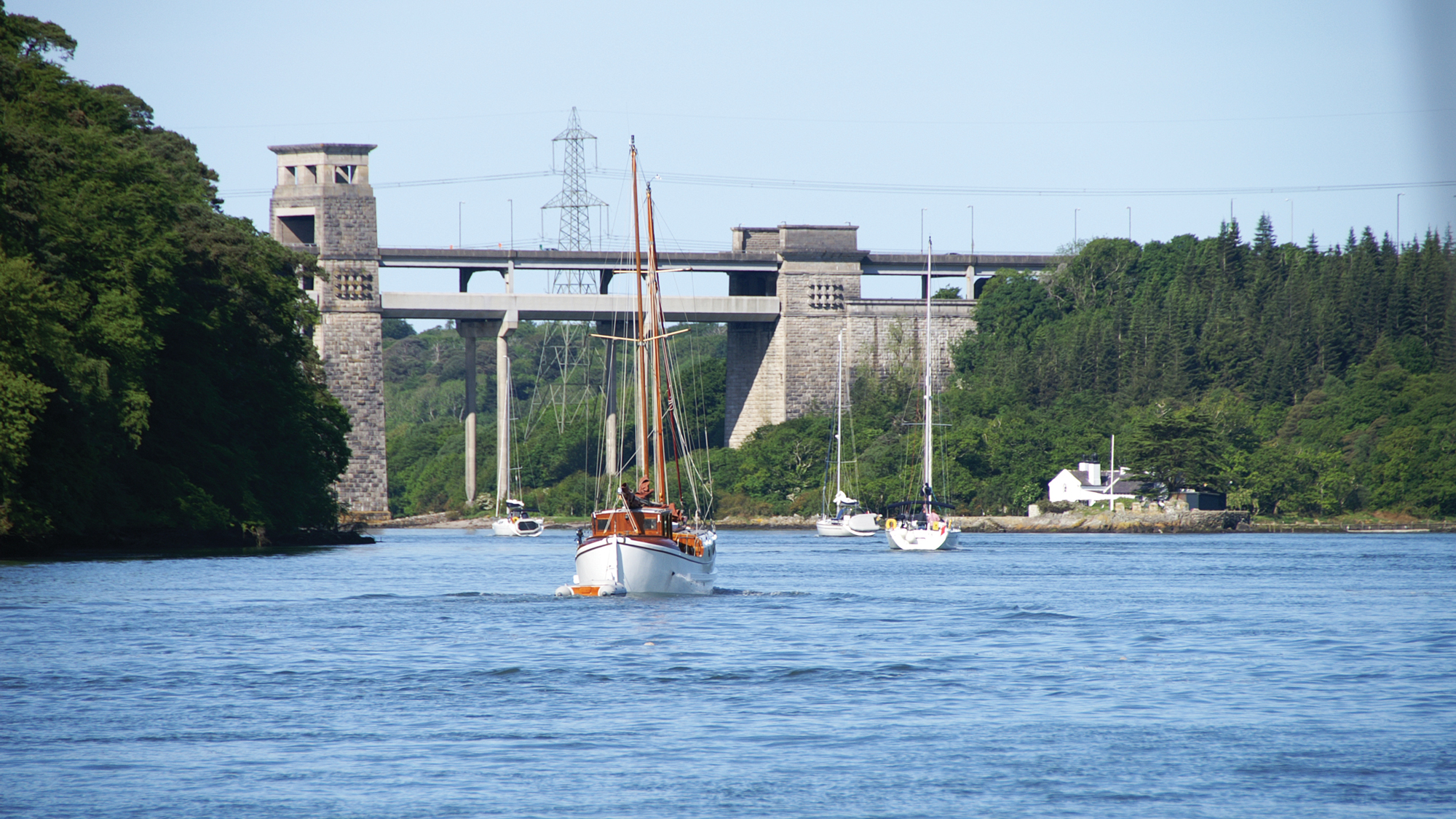Each month Yachting Monthly’s resident expert, James Stevens answers a reader’s question. This month he gets to the bottom of a Swellies quandary
Nick and Judy own a 9m bilge keel yacht with a draught of 1.2m. They are on a voyage up the west coast of Britain and are now in the Menai Strait. Having spent the night on a mooring buoy, their intention is to pass through a narrow section of the Strait called the Swellies, continuing to the harbour at Amlwch on the north coast of Anglesey.
It is their first trip to the Strait.
The tidal stream in the Swellies can run at eight knots during spring tides. There is a transit and other navigation marks to help the navigator to keep in the channel, but there are numerous rocks on either side. The Almanac says that it is best to pass through the Swellies at slack high water.
However, it also says that it is possible at slack low water neaps for shallow-draught yachts. Judy would prefer to pass through at low water because after the slack period the stream will be in their favour. Slack water occurs around two hours before local low water and also about two hours before local high water.
They are motoring towards the Swellies. Judy has calculated the tidal heights; it is just after neaps, and she reckons it is deep enough. As they approach the Britannia Bridge at the start of the Swellies, the tidal stream has. just started to run in their direction. Should they continue?

Swellies quandary: Go at low or high water?
While the Almanac is very useful for tidal information, for somewhere as complicated and potentially dangerous as the Swellies, a pilot book is important as well, to highlight the hazards. There is also plenty of advice and information online.
A hazard to be avoided is attempting a tight channel surrounded by rocks with a tidal stream running. It becomes even more dangerous if the stream is running in the same direction as the yacht, as it becomes very difficult to slow down and keep control of the course steered.
Added to this, the tide is still falling for about two hours, so should they ground, not only might the yacht be damaged, but it could dry out or capsize on a rock.
It would, therefore, be much safer to wait on the south-west side of the Swellies until the high-tide slack water.
The tidal stream will be foul once they are through, and it might make reaching Amlwch difficult on the same day, but that is a regular problem of sailing in very tidal waters.
Even if they had arrived at the Swellies at slack water, it would still be a difficult passage for sailors new to the area. Yacht skippers new to the Swellies are advised to pass through on the high slack water to familiarise themselves with the area before attempting an ambitious and difficult pilotage problem.
Enjoyed reading this?
A subscription to Yachting Monthly magazine costs around 40% less than the cover price, so you can save money compared to buying single issues.
Print and digital editions are available through Magazines Direct – where you can also find the latest deals.
YM is packed with information to help you get the most from your time on the water.
-
-
- Take your seamanship to the next level with tips, advice and skills from our experts
- Impartial in-depth reviews of the latest yachts and equipment
- Cruising guides to help you reach those dream destinations
-
Follow us on Facebook, Twitter and Instagram.

Leave a Reply